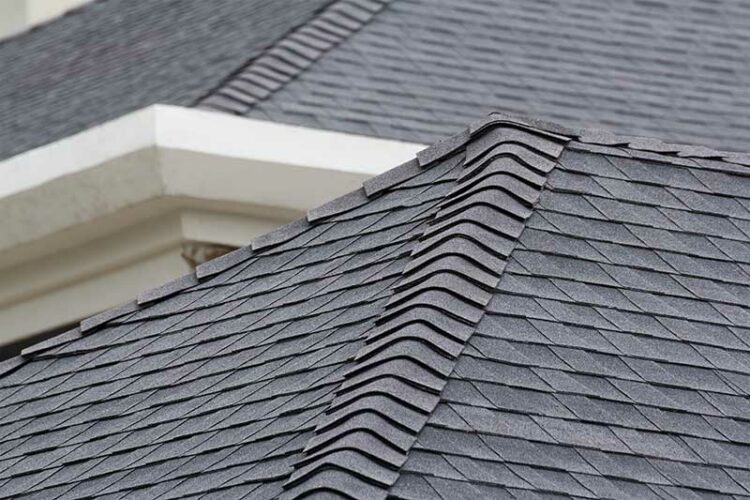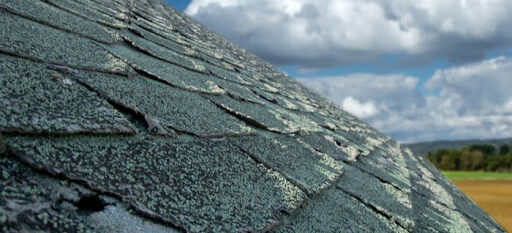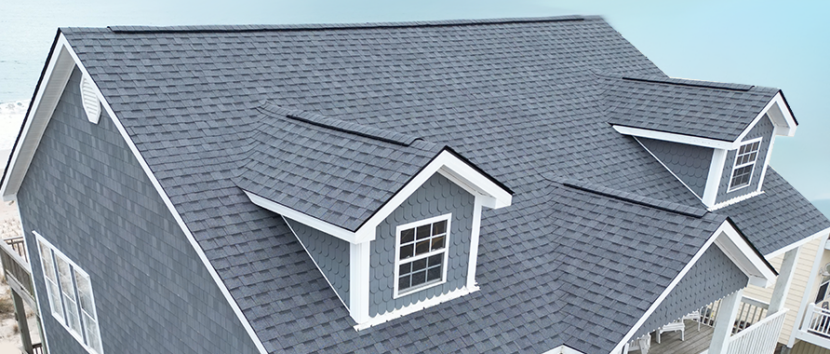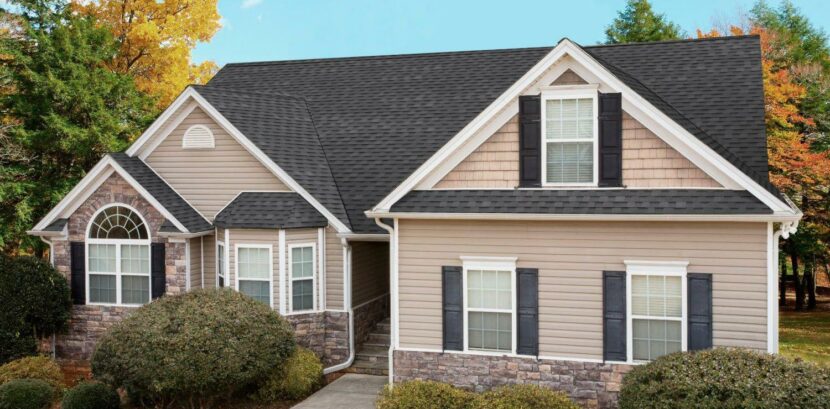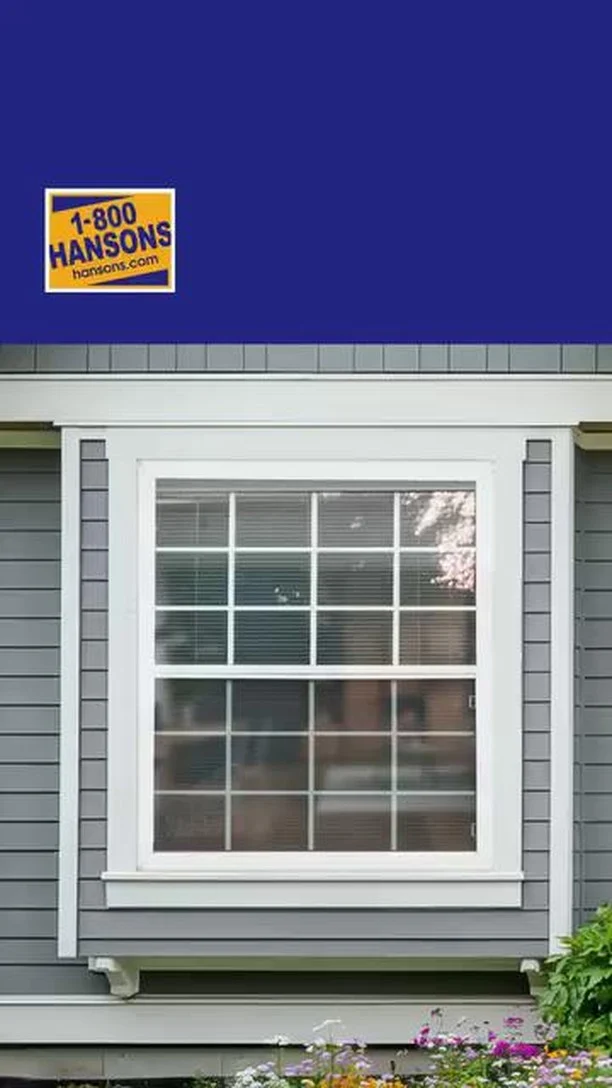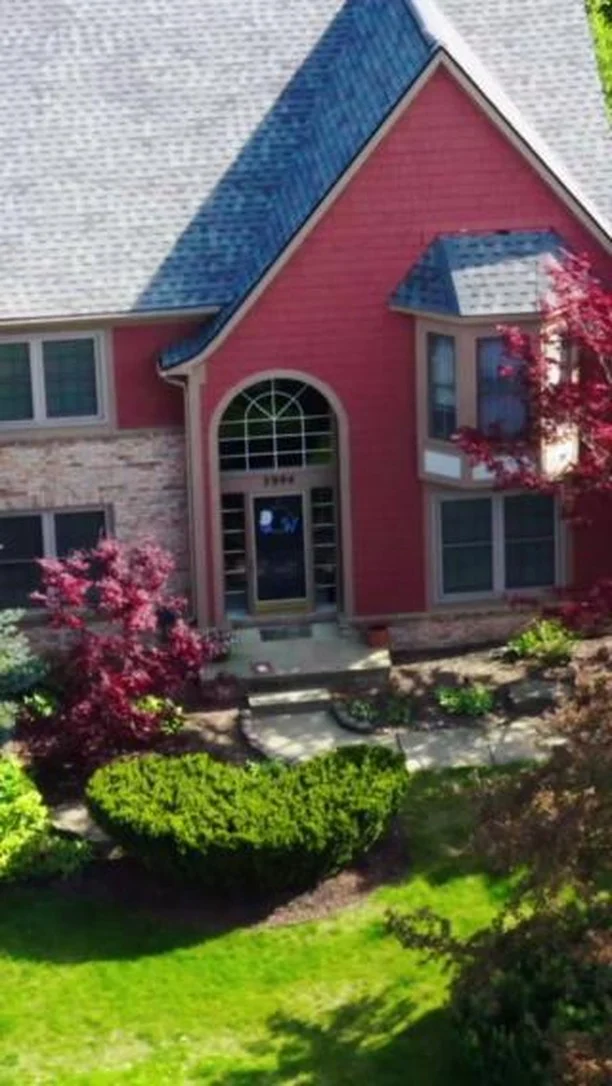Termites in Roof: What to Do

Termites have a constant craving for cellulose, so they cause mayhem in any structures that contain it. Wood, drywall, boxes, and furnishings are all fair game for this Very Hungry Isoptera. When a colony infests a home for enough time, it can damage it beyond repair, so even the tiniest infestation deserves attention.
Signs of Termites in Your Roof
Subterranean and dyewood termites find drywood roofs too tempting to resist, so both species tend to establish group homes in your rafters and beams. Add dampness to the equation and you have a science experiment just waiting to wreak havoc. Worker termites build tubes of mud between your walls, chimneys, and food sources, so if you see unusual structures, take action.
Super termites are even more destructive than their subterranean cousins. They create both ground and roof nests because even termites need to get away from home on occasion. Infestations present several clues:
- Loose shingles
- Discolored or bubbling ceilings
- Sagging
- Small mounds of pellets in your attic
- Wood loss that stays within the grain
- Winged termites near your windows and doors.
The earlier you spot the symptoms, the easier it will be to address your infestation, so act fast.
Get a Free Estimate Today
50% off installation. Special financing available. See details.
Avoiding Termites in Roof Rafters
Prevention, as always, is better than cure. If you can remove all termite temptations from your home, you can minimize the odds of attracting insects. Exposed wood is as enticing to termites as pizza is to humans, so it needs to be sealed, painted, and treated. Leaks expose organic materials, so seek out urgent repairs the moment you spot them. Similarly, keep wood debris and vegetation away from your home. Nearby trees and mulch can add dampness, so it pays to prune and cut back your shrubbery, particularly if branches touch your wooden infrastructure. Never store cellulose-heavy mulch near your siding.
How Do Termites Live in Your Roof?
Termites are avid climbers, so they have no trouble reaching your roof via your siding. They enter through cracks, uncovered soffits, and vents. Subterranean species travel to food sources through self-created tunnels. Once they’ve reached your roof, they’ll create a home in the moistest, warmest spot possible. A colony of termites in your roof rafters can eventually cause your ceiling to collapse. Termites in ceiling structures will cause buckling, sagging, and unattractive mounds.
The Natural Way
Poisons can affect your neighborhood wildlife, so a natural course of action is the best preventative measure. Orange oil contains d-limonene, which is fatal to termites. Insects don’t take kindly to neem oil and boric acid sprays either, so they can be an effective cure. You can also take advantage of termites’ preference for cellulose by setting a moist cardboard trap near your infestation. It will lure hungry termites, making them easy to dispose of.
Dealing with Severe Infestations
Natural traps and organic oils can only cure mild infestations. Once a colony has established itself in your rafters or ceiling, you’ll need a more drastic solution. Chemical treatments like Taurus SC and Bifen XTS are so effective they’re used by professional pest control companies. That doesn’t promise you perfect results, though. Only a professional pest control company can place liquid fipronil or hexaflumuron in your rafters and home perimeter in the correct concentrations. They’ll target your treatments accurately and build a toxic house perimeter.
A termite infestation needn’t have catastrophic results. If you act quickly, you can build a holistic strategy that will both cure current infestations and prevent them in the future. In exchange, you’ll enjoy a more ventilated, weatherproof home. The secondary effects alone are well worth the trouble.
Need help with a roofing project? Schedule a free estimate here.

